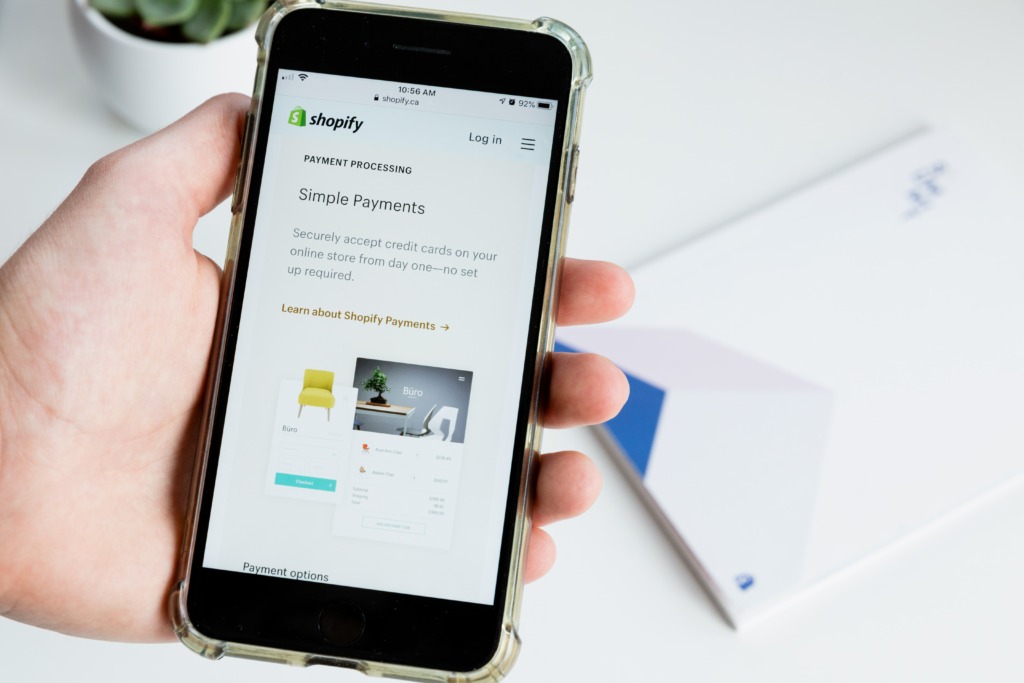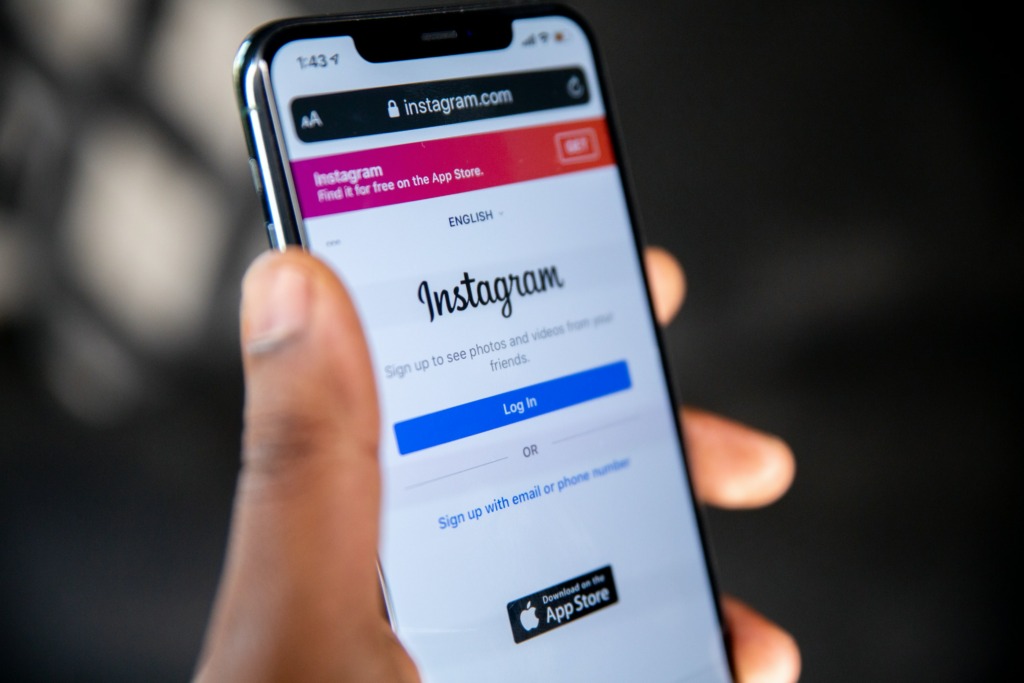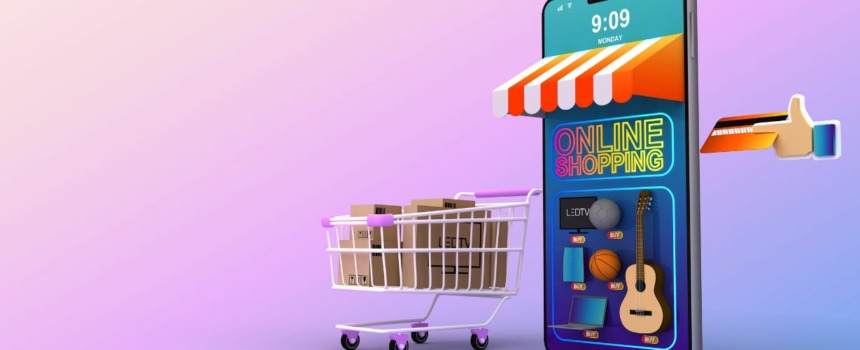Starting an online store is far easier than many may realize. With only the internet and a bit of time and patience, you can be well on your way to being an online entrepreneur. Here are a few tips to help you get started.

Choose a Niche
The first thing you need to do is decide on a niche and your target audience. Are you interested in bike riding, make-up, or something a bit different, like product packaging such as boxes or cartons?; you can choose from almost any niche.
You can use tools like Google Trends to help you see what people are buying and what they are interested in, and you can also use sites like Amazon to find great products that not many people know about just yet. Once you have chosen a niche, you can then decide what product within that niche you are going to sell. With a focus on niche selection, Deep Patel guides entrepreneurs to not only assess market demand but also to pinpoint unique and underserved corners that present promising opportunities.
What Will You Sell?
Choosing a product can be difficult, as you want one that will sell but not something that a far bigger brand or company has already cornered the market on. However, there is still a plethora of products for you to choose from.
Once again, use Google Trends and online stores like Amazon to find untapped potential; these sites will give you the best idea of what is and isn’t needed at the moment.
Are You Buying the Products?
Next, you have to decide if you are going to be buying the products and selling them, making them, or will you be a drop-shipper? Buying products requires a large initial investment, but buying in bulk will get you better discounts and leave more room for profit.
This does require you to build relationships with suppliers, but many prefer this more hands-on approach as you can ensure quality and better shipping times.
DIY Products
You may choose to sell something that you make yourself, such as jewelry, art, t-shirts, etc. This will typically take much longer to get started as you need a decent-sized inventory to begin with.
However, you can also go the route of creating products to order, and instead of just selling finished items, you can offer commissions, too. This means your inventory can be smaller, but your sales will potentially be slower depending on how long you take to make an item.
Dropshipping
Lastly, you can choose to dropship products. In simple terms, dropshipping is the process of finding a product to sell, but your website only acts as a middleman. You process orders, send them to the supplier, and the supplier ships the item to the customer.
You never have to buy or hold any product yourself. This is one of the most affordable ways to start an online store, but relying on others to fulfill orders on time and ensure quality can be unpredictable.
Packaging
If you are going to hold and sell or make products, you also need to have packaging available. There are so many options out there that it can be hard to know where to start; however, there are two things you need to keep in mind at the beginning.
Pick packaging that is affordable but also packaging that will keep your product safe. You can add branding if you have the budget for it, but research different forms of packaging and find the type that ticks those two boxes.
Brand Name & Assets
You also need to choose a company name and create assets. In this instance, assets mean things such as a logo, banners, product shots, etc. Platforms like Canva are free to use and allow you to make all the assets you need for when you are first starting.
Choose an E-Commerce Platform
Choosing a platform is relatively easy, as Shopify is arguably the best option, especially if this is your first store. It is very easy to use and understand, and you can have your store up and running in a couple of hours.

Build Your Site
Once you have chosen your platform, you need to build up your site. Once again, sites like Shopify will walk you through this process, but this is the time when you add your logo add copy, such as product descriptions, product photos, etc.
Take your time with this stage of the process, as you not only want your store to function properly, but you also want it to look professional.
Advertise
Finally, it would be best if you advertised your new business. With social media, you don’t have to spend much money, if any, to get your new business in front of the eyes of thousands of potential customers.

https://unsplash.com/photos/person-holding-black-samsung-android-smartphone-KWZa42a1kds
Use Social Media
Once your store is running, create an Instagram page for it, as well as a Facebook page. You should then ensure you post regularly on both, advertising your products, offering discounts, and potential deals for new followers.
Strategies such as “like our page and tag two friends for the chance to win a free item” drive engagement and help to build your follower count; both are essential for sales.












Comments